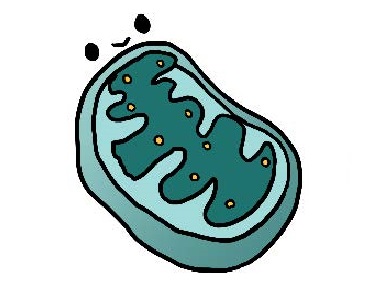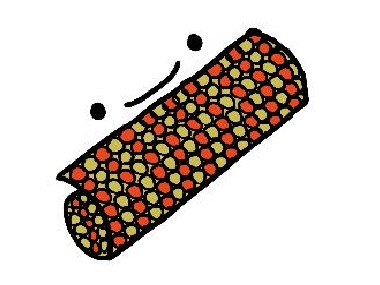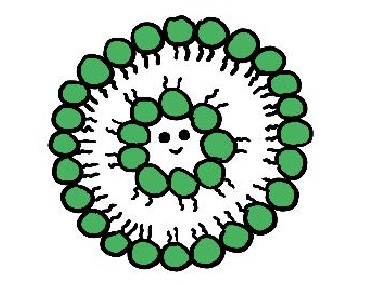A cell-based guide to writing
Writing as a science student can seem like the most arduous and boring task on the planet. Whether you don’t understand where to start or just don’t have the motivation, this resource will hopefully make the whole process a little more interesting and clear for those of us who live and breathe science.
In order to achieve this, we’re going to make comparisons between your science knowledge and writing a paper. A common base of scientific study is the cell, which allows for life to function as we know it. Just like papers, cells have different parts that are necessary to fulfill their purpose and create life.
A cell would not exist without a cell membrane, just like your paper would not exist without you. You are the most important component of this entire process. Without you, there would be no paper. The cell membrane keeps the pieces inside; it gives the cell structure. The membrane is semi-permeable and allows for the movement of objects into and out of the cell, just like you as a writer. You hold the entire paper together, and when anything needs to be added or deleted, you’re right there to do it.

The mitochondrion is the powerhouse of the cell; it takes in nutrients and creates energy for the cell. The purpose of your paper does the same–if there is no purpose, then your paper may end up being lackluster. Everything that needs to go into the paper is run through this purpose; the purpose provides the energy and sustainability of the entire paper.
The cytoplasm of the cell is a thick solution filling the cell, holding all of the organelles in place. In comparison, the structure of your paper holds all of the ideas and thoughts in place. Without structure, everything in a paper would fly around and not necessarily be readable or understandable.


The cytoskeleton establishes a cell shape and provides mechanical strength for the cell. Your introduction shapes the paper as a whole, providing the information necessary to tell the reader the direction of your paper.
The nucleus stores hereditary material and coordinates cell activities. The thesis declares what the paper is covering and how, much like the nucleus declares the cell’s purpose through DNA storage.


Microtubules are responsible for organization of intracellular structure and intracellular transport, and the supporting evidence is what we can link this organelle to in your paper. The supporting evidence provides structure for your argument and claims, as well as transporting your reader to the end-point of the paper.
Ribosomes are the protein builders or synthesizers of the cell. They connect one amino acid at a time to build long chains. In the same way that ribosomes synthesize the genetic information to create proteins, you need to synthesize your evidence to make your point. Going through the synthetization process is important for both the existence of cells and papers. Without this process, both a paper and a cell would fail to execute necessary developments.


Lysosomes serve to digest things in the cell: they may digest food or break down the cell when it is time for it to die. When does your paper “die”? The conclusion. Think of all of the information you provided before the conclusion as food. Your conclusion will take all of that information and digest it, providing the reader with a take-away or a main point.
Are you still struggling with the paper after this comparison? Fear not, for the vesicle has arrived! Vesicles function in a cell for transportation in and out of the cell, and the University Writing Center functions the same way! You can come in and meet with any of the writing consultants or make an online appointment to help you determine what
needs to be transported into or out of your paper. We’re here to help!
